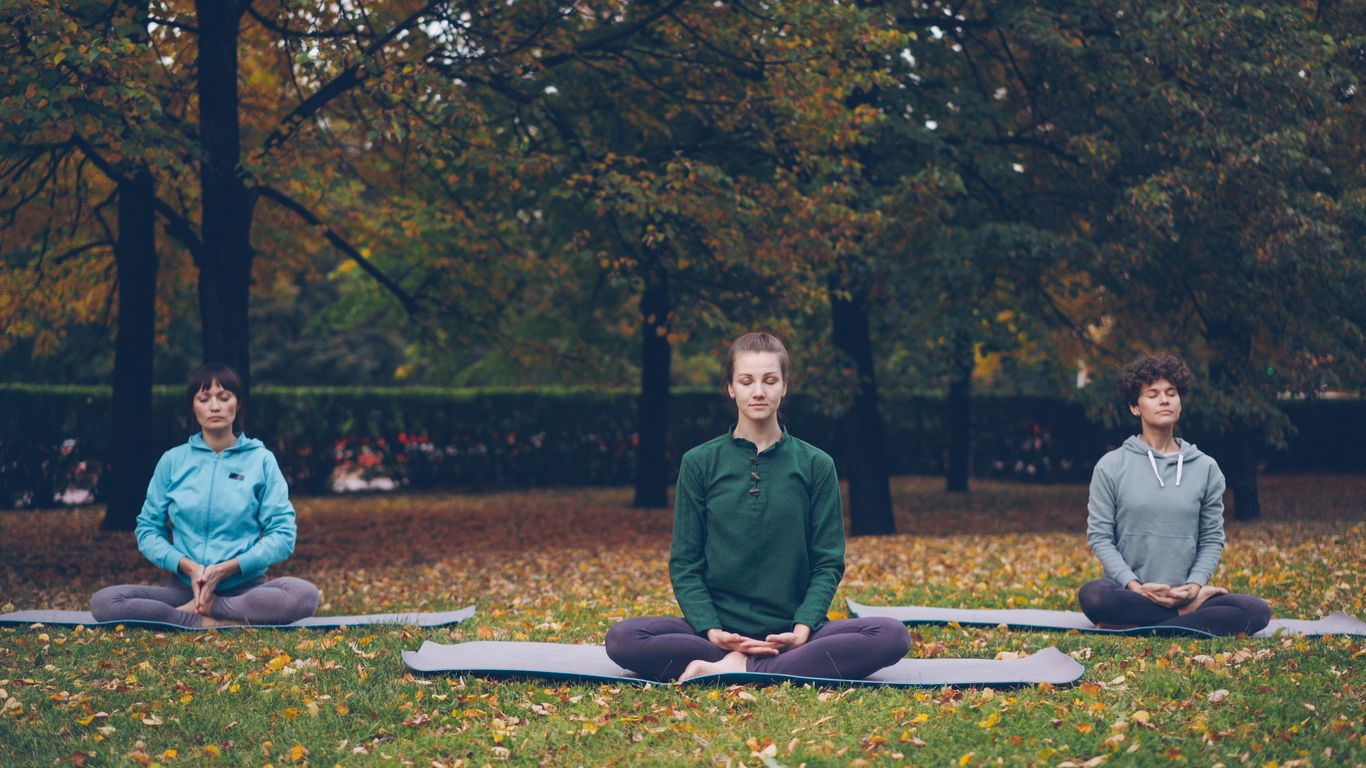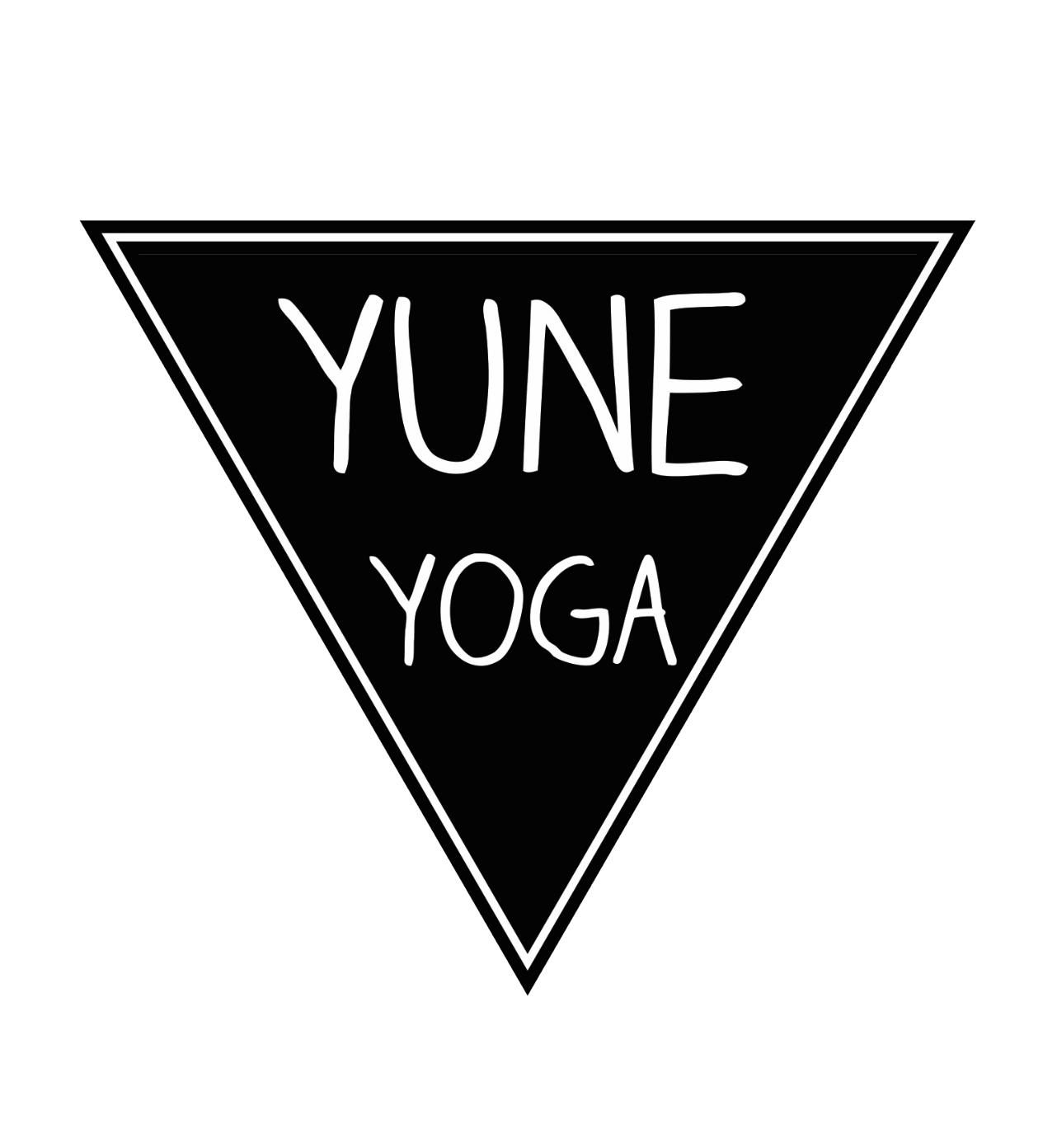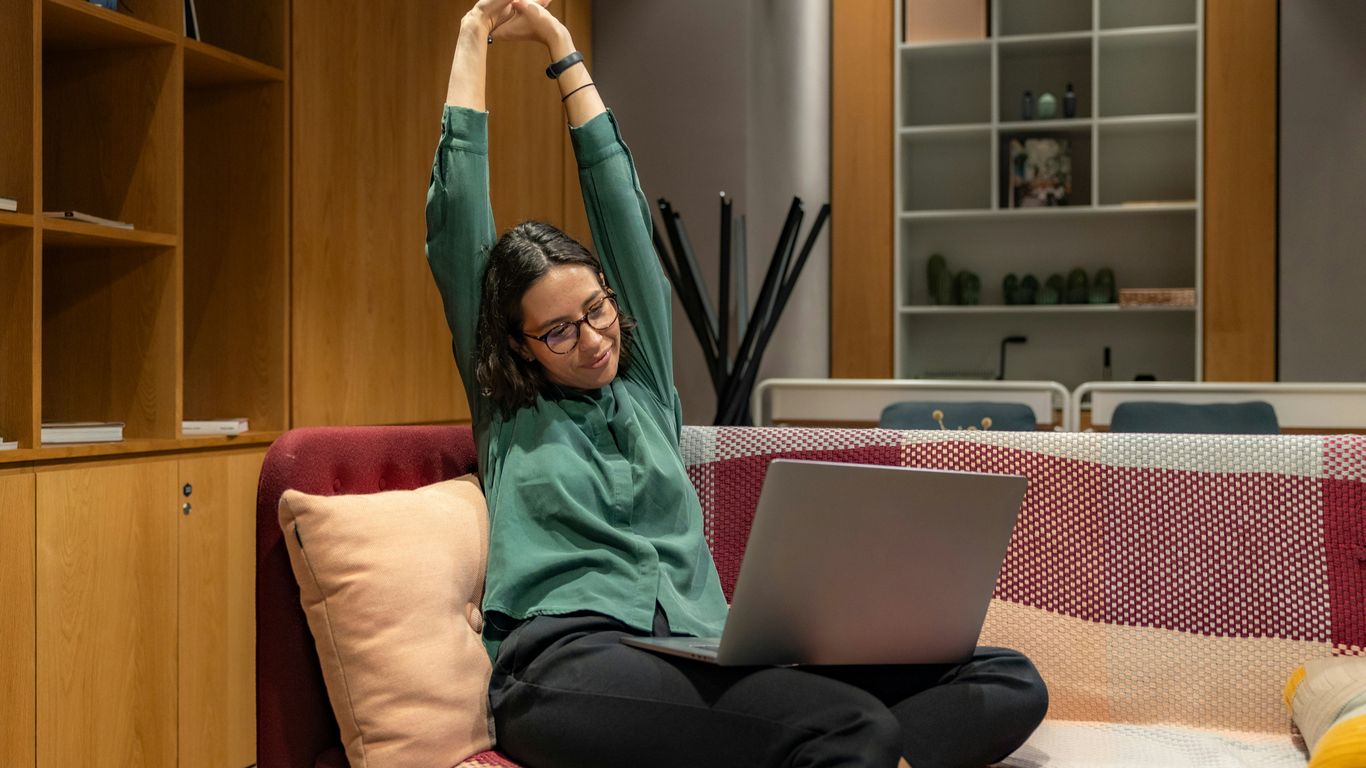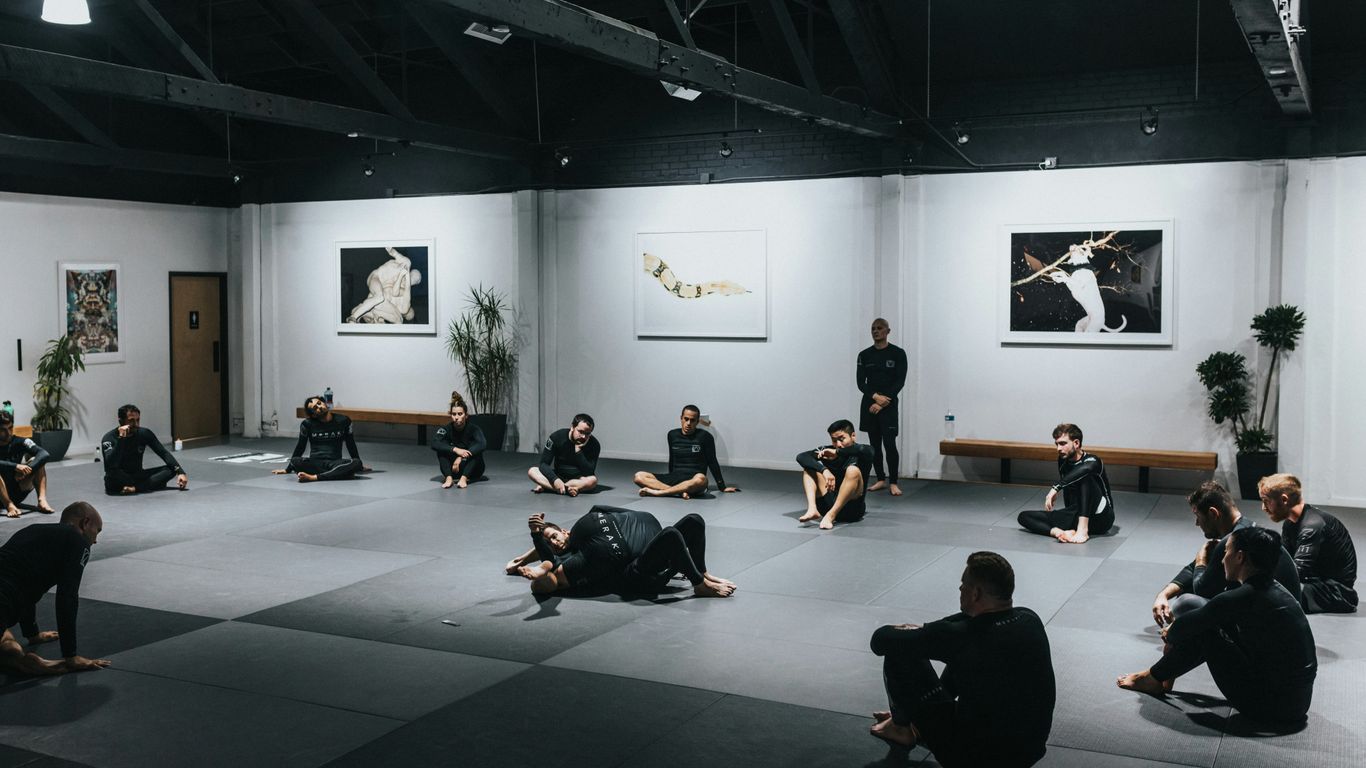
10 Effective Stress Reduction Yoga Techniques to Calm Your Mind and Body
Stress is something most of us deal with every day. It can sneak up on you at work, at home, or even when you’re just trying to relax. Over time, it wears you down, both mentally and physically. That’s where stress reduction yoga comes in. Yoga isn’t just about fancy poses or stretching—it’s a way to calm your mind and let go of tension in your body. If you’re looking for simple ways to feel better, these 10 yoga techniques can help you slow down, breathe, and reset. You don’t need any special skills or gear, just a little space and a few quiet minutes. Let’s get into the best poses and breathing tricks for stress relief.
Key Takeaways
- Stress reduction yoga uses gentle movement and breathing to help you relax.
- You don’t have to be flexible or experienced—these poses work for everyone.
- Deep breathing paired with yoga can lower stress and help you feel calmer.
- Doing yoga before bed can improve sleep and make it easier to unwind.
- A few minutes of yoga each day can make a big difference in how you handle stress.
1. Child’s Pose

Child’s Pose is one of those yoga moves you can sneak in anywhere, anytime—right before bed, on your living room rug, honestly wherever you can get a moment alone. This pose has an amazing way of releasing tension from your lower back, shoulders, and neck, while helping you hit pause on a racing mind.
Here’s how you can settle into Child’s Pose:
- Start by kneeling on the floor, with your big toes touching and your knees just a bit apart.
- Sit back on your heels, then slowly walk your hands forward, lowering your chest so it rests between (or on) your thighs.
- Lay your forehead down on the floor, and either stretch your arms in front or let them rest at your sides.
- Let your whole body relax, breathing deeply and smoothly. Try to stay here for at least 2-5 minutes (longer if you’re comfortable).
A few benefits you might notice:
- Calms your nervous system and helps you breathe more easily
- Gently stretches back and hip muscles
- Gives you a sense of safety and pause amid a busy day
After a particularly tough day, Child’s Pose feels like a shelter where you can regroup—everything slows down, and those constant worries fade out for a bit.
2. Legs-Up-the-Wall Pose
Legs-Up-the-Wall Pose is honestly one of those underrated things you can do for yourself when you need to chill out, especially if your day has left you feeling like your body just isn’t on your side. By simply lying on your back and resting your legs up a wall at a 90-degree angle, you give your system a genuine shot at total reset. You don’t need to be flexible, and you definitely don’t need fancy equipment—the floor and a wall will do—but a comfy mat like the Rowan Yoga Mat makes it extra pleasant, particularly for your lower back.
Here’s how you can settle into this pose:
- Sit with one hip right against the wall, knees bent.
- With a gentle move, swing your legs up the wall while you rotate to lie flat on your back.
- Scoot in so your sit bones get as close to the wall as they reasonably can.
- Rest your arms by your sides, close your eyes, and let your feet relax.
- Breathe in and out slowly, letting your body feel heavy and supported.
- Stay here anywhere from 3 to 10 minutes—whatever feels good.
Benefits roll in pretty quick with this pose:
- Promotes blood flow from your legs back to your heart
- Calms a frazzled nervous system
- Can ease tired legs and low back tension
- Offers a break for your mind as your breath deepens
Giving yourself permission to unplug here can really change your mood—sometimes, it’s the stillness that does the trick, not just the stretch.
It’s a quiet, easy way to settle everything down before bed or after a stressful day—don’t be surprised if it becomes your go-to relaxation fix!
3. Cat-Cow Pose
Cat-Cow Pose is your go-to move when your back is tight and stress is weighing you down. Switching between these two stretches gives your spine much-needed movement, and if you focus on the breath, you’ll notice your mind starts slowing down too. This gentle flow can help release built-up tension you didn’t even realize was there.
Here’s how you do it:
- Start on your hands and knees, hands under shoulders, knees set under hips (called tabletop position).
- On a big inhale, let your belly drop, lift your sit bones and your head—this is Cow.
- As you exhale, round your back up toward the ceiling, tuck your chin, and let your tailbone point down—this is Cat.
- Keep your arms straight, and move slowly, matching breath to motion.
- Switch between Cat and Cow for a minute or two, focusing on how your breath matches the movement.
Benefits of Cat-Cow Flow:
- Loosens up a stiff back, especially after a long day sitting
- Promotes good posture and flexibility
- Gives your mind a break by focusing on movement and breathing
When everything feels like too much, a few rounds of Cat-Cow on the living room floor offers a reset. You get gentle movement and focused breathing, and that nagging tension between the shoulders finally lets go. Sometimes, that’s exactly what you need before tackling the next thing on your list.
4. Standing Forward Fold
Standing Forward Fold, also called Uttanasana, is one of those yoga poses that can really quiet down a racing mind and relax tense muscles. When you fold forward and let your head drop below your heart, it's almost like your brain gets a little reset. This pose is more than just stretching your hamstrings and back; it's a kind of moving meditation that actually helps with stress—your breathing changes, your shoulders let go, and your brain stops buzzing quite so loud.
Here’s how to practice Standing Forward Fold:
- Stand tall with your feet about hip-width apart.
- On an exhale, hinge at your hips and slowly lower your torso toward your legs.
- Bend your knees as much as you need—no need to lock your joints.
- Let your arms hang, or grab opposite elbows with your hands for a deeper stretch.
- Keep your neck and head loose, gaze soft.
- Stay for five to ten breaths, then slowly roll up, one vertebra at a time.
What makes this pose so good for stress reduction is the subtle inversion. By bringing your head below your heart, standing folds are known to calm the mind and help release even those headaches that build up from tension. You can read more about how forward folds, as a type of inversion, support relaxation and headache relief in this explanation of forward folds and inversions.
Benefits you’ll usually notice after a few rounds:
- The muscles along your spine and legs get a good stretch, but you don’t need to push or force anything.
- Your nervous system starts to shift into rest mode, helping you let go of the mental chatter.
- You reconnect with your breath, which can slow your heart rate and help you feel less frazzled.
If your mind feels like it's stuck on a fast-moving treadmill, pausing for a minute in Standing Forward Fold can be surprisingly grounding—all you have to do is breathe and let gravity do the work.
5. Seated Forward Fold
If you’re searching for a pose that’s simple, but hugely calming for both mind and body, the Seated Forward Fold (Paschimottanasana) really stands out. This pose invites a gentle release in your back, hips, and legs, making it a go-to for stressful days.
Practicing the Seated Forward Fold is more about relaxing into the stretch rather than forcing yourself flat against your legs. Here’s how to get into it:
- Find a comfortable seat, extending your legs in front of you—sit on the edge of a folded blanket if you need extra support.
- Flex your feet (toes up, heels pressing away) and keep your back straight.
- On an inhale, lift your arms and lengthen upward.
- As you exhale, gently lean forward from your hips, not your waist.
- Rest your hands wherever they land—your knees, shins, ankles, or feet. Don’t worry about reaching too far.
A few reasons people love this stretch:
- It can help ease tension along the spine and back of the neck.
- Many notice a decrease in agitation and a sense of calm after holding this pose for a few breaths.
- You have full control over the depth and duration, adapting it to busy or restful moments alike.
Even a couple minutes in this pose can help you collect your thoughts, especially when the day feels especially heavy.
Pairing this gentle stretch with a comfortable surface is a smart move; a mat with solid grip like the Leo Yoga Mat makes it a lot more relaxing, especially for longer holds.
6. Extended Triangle Pose

Extended Triangle Pose, or Utthita Trikonasana, is one of those moves that feels simple but can make a real difference on stressful days. This pose stretches and strengthens your legs while giving your sides, hips, and chest a good release—so it's a solid go-to if you’ve been sitting at a desk or hunched over your phone. Plus, there's something about holding the shape that makes you focus and breathe deeply, drawing your mind away from what's got you feeling tense.
Here’s how you get into it:
- Stand up straight, then step your feet about a yard apart.
- Turn your right toes forward and your left foot at a slight angle.
- Lift both arms until they're straight and reach out from your shoulders, palms down.
- Hinge your body toward your right leg, leading with your right hand. Don’t force anything—just go as far as you comfortably can.
- Let your right hand rest on your shin, ankle, or a prop like a block. Extend your left arm straight to the ceiling.
- Hold the pose for up to one minute, then switch sides.
Muscles worked include your legs, hips, shoulders, and chest. According to Extended Triangle Pose explanations, it’s not just about the stretch—it also helps you open up your breathing and can melt away stiffness, which is perfect if you're carrying a lot of tension.
When you focus on your breath and the way your body lines up in this pose, there’s less room for worry in your head. Just the simple act of balancing and breathing adds a sense of calm.
7. Reclined Twist Pose
Reclined Twist Pose, or Jathara Parivartanasana, is a gentle way to encourage your spine and lower body to relax after a long day. This twist helps softens tightness in your back and hips and can even aid digestion when you're feeling tense. Unlike standing twist yoga poses, which require extra strength and balance, the reclined version lets gravity do the work so you can fully let go.
To practice Reclined Twist Pose, just follow these simple steps:
- Lie down on your back with your legs extended.
- Hug your knees into your chest.
- Let both knees fall over to one side, keeping your shoulders on the mat.
- Stretch your arms out in a T shape and turn your head gently to the opposite side (if it’s comfortable).
- Hold for about 30 seconds to a minute, then switch sides.
Benefits you might notice with regular practice:
- Releases built-up tension in the spine
- Stretches the glutes and outer hip muscles
- Calms the nervous system and helps slow racing thoughts
- Supports better breathing by gently massaging the chest
There’s something calming about letting yourself just melt into the floor in this twist. It’s not about how far your knees go, but about letting your breath steady and your mind chill out, even just for a moment.
8. Bridge Pose
Bridge Pose is that one pose I come back to when my back feels like it’s carrying the weight of the world. This backbend gently stretches the chest, neck, spine, and hips, while inviting a wave of relief down your body. Plus, it’s great for unwinding the mind after a long day. If you’re practicing on something sturdy but comfortable, a mat with steady traction like the Horatio Yoga Mat 6mm Blue Non-Slip can help keep things steady when you press your feet down.
Here’s how I usually work through Bridge Pose:
- Lie flat on your back. Bend your knees and place your feet hip-width apart, a hand’s length away from your glutes.
- Press your arms into the floor by your sides, palms down.
- On an inhale, firmly root your feet and slowly lift your hips toward the ceiling. You can tuck your shoulders under and clasp your hands together if you want more of a lift.
- Hold the pose for 5–10 breaths. Focus on softening your face and letting your jaw relax.
- Exhale to slowly lower your body back to the ground.
Benefits you might notice after a few rounds:
- Releases lower back tension
- Opens up sore chest and shoulders
- Calms your brain, which really helps with stress
Sometimes, just hanging out in Bridge Pose for a minute or two makes the noise in my head a little quieter and my body a little less tense.
9. Corpse Pose
Corpse Pose, or Savasana, isn't just lying down—it's where real relaxation happens at the end of a yoga session. This pose gives your muscles and your mind a chance to completely let go, helping your body reset after holding so many postures. You simply lie flat on your back, arms by your sides, legs extended, palms facing up, and let gravity do the rest. Take a moment to close your eyes and allow your breath to settle into a natural rhythm.
Here’s how to make the most of Corpse Pose:
- Find a comfortable surface, using something like the Cygnus Yoga Mat for supportive cushioning and grip.
- Spread your legs and arms slightly away from your body.
- Let your feet fall open naturally and allow your shoulders to drop, palms open up.
- Stay present with each breath, letting thoughts pass by rather than clinging to them.
- Remain in Savasana for anywhere from 3 to 10 minutes, or longer if you need extra rest.
Allow your body and mind a quiet pause here before you jump back into your day—sometimes, it’s the stillness that brings the most relief.
A good tip: even though your body is completely at rest, keep your mind gently focused on how each breath feels. You might find this simple exercise surprisingly hard at first, but with a bit of regular practice, it becomes easier to settle in and actually enjoy the break.
10. Deep Breathing Techniques
Sometimes when life feels like it's closing in, just stopping to breathe deeply can make a world of difference. Deep breathing triggers your body's natural relaxation switch and sends a signal to slow down. This isn’t just something people say—it actually helps lower your blood pressure and heart rate, and tells your brain it’s okay to unwind. If you ever find yourself worrying non-stop or feeling stuck in a fast heartbeat loop, taking a few minutes for mindful breathing can really help to ease the tension.
Here’s how to get started if you’re new:
- Find a comfortable place where you won't be interrupted. It can be sitting or lying down.
- Put one hand on your belly and one on your chest.
- Breathe in slowly through your nose, letting your belly rise more than your chest.
- Exhale through your mouth, feeling your belly sink back down.
- Repeat this for 5-10 breaths, paying attention to your breath each time.
You can pair this with relaxing yoga poses like child's pose or legs up the wall for extra calming effects, as mentioned in this yoga guide.
There’s more than one way to practice deep breathing. Here are a few options you can try:
- Belly breathing (diaphragmatic breathing): Focuses on expanding your abdomen rather than your chest when you inhale.
- Box breathing: Inhale for a count of 4, hold for 4, exhale for 4, hold for 4—repeat.
- 4-7-8 breathing: Inhale for 4 seconds, hold for 7, exhale for 8. Great for winding down before sleep.
When you’re feeling overwhelmed, taking a minute to breathe slowly and deeply won’t solve everything—but it often helps you face tough moments with a bit more calm.
Next time you're feeling stuck or tense, give one of these breathing tricks a chance. It’s a simple tool, but sometimes, it’s exactly what you need to steady both your body and your mind.
Conclusion
So, there you have it—ten yoga techniques that can help take the edge off when life gets overwhelming. You don’t need to be a yoga expert or spend hours on the mat to feel the difference. Even a few minutes of deep breathing or a gentle stretch before bed can help your mind and body relax. The best part is, you can mix and match these techniques to fit your own routine. Some days, you might just need a quick Child’s Pose, and other days, a longer session with mindful breathing might do the trick. The key is to keep it simple and listen to what your body needs. Give these yoga practices a try, and see how they work for you. Over time, you might notice you’re a little less tense, sleeping better, and feeling more balanced—even when things get busy.
Frequently Asked Questions
How does yoga help lower stress?
Yoga helps reduce stress by combining gentle movements, stretching, and deep breathing. These actions calm your body and mind, help relax tight muscles, and make you feel more peaceful.
Can beginners do these yoga poses for stress relief?
Yes, all the poses listed are beginner-friendly. You don’t need to be flexible or strong to start. Just move slowly, listen to your body, and only go as far as you feel comfortable.
How often should I practice yoga to feel less stressed?
Practicing yoga for just 10 minutes a day can help you feel calmer. If you want more benefits, try doing yoga three to five times a week, but even small sessions make a difference.
What should I focus on while doing yoga for stress?
Focus on your breath and how your body feels in each pose. Try to let go of worries and pay attention to the present moment. Deep, steady breathing is especially helpful for calming your mind.
Is it better to do yoga in the morning or at night for stress?
You can do yoga any time, but some people find it extra helpful before bed. Evening yoga helps your body relax and can make it easier to fall asleep. Morning yoga can also help you start your day feeling calm.
Do I need special equipment or a yoga mat to get started?
No, you don’t need special gear. A yoga mat is nice for comfort, but you can use a towel or practice on a soft carpet. Wear comfortable clothes and find a quiet spot where you can relax.


